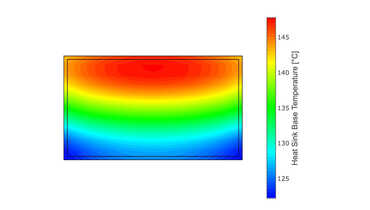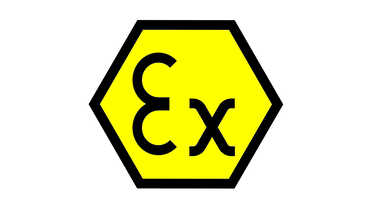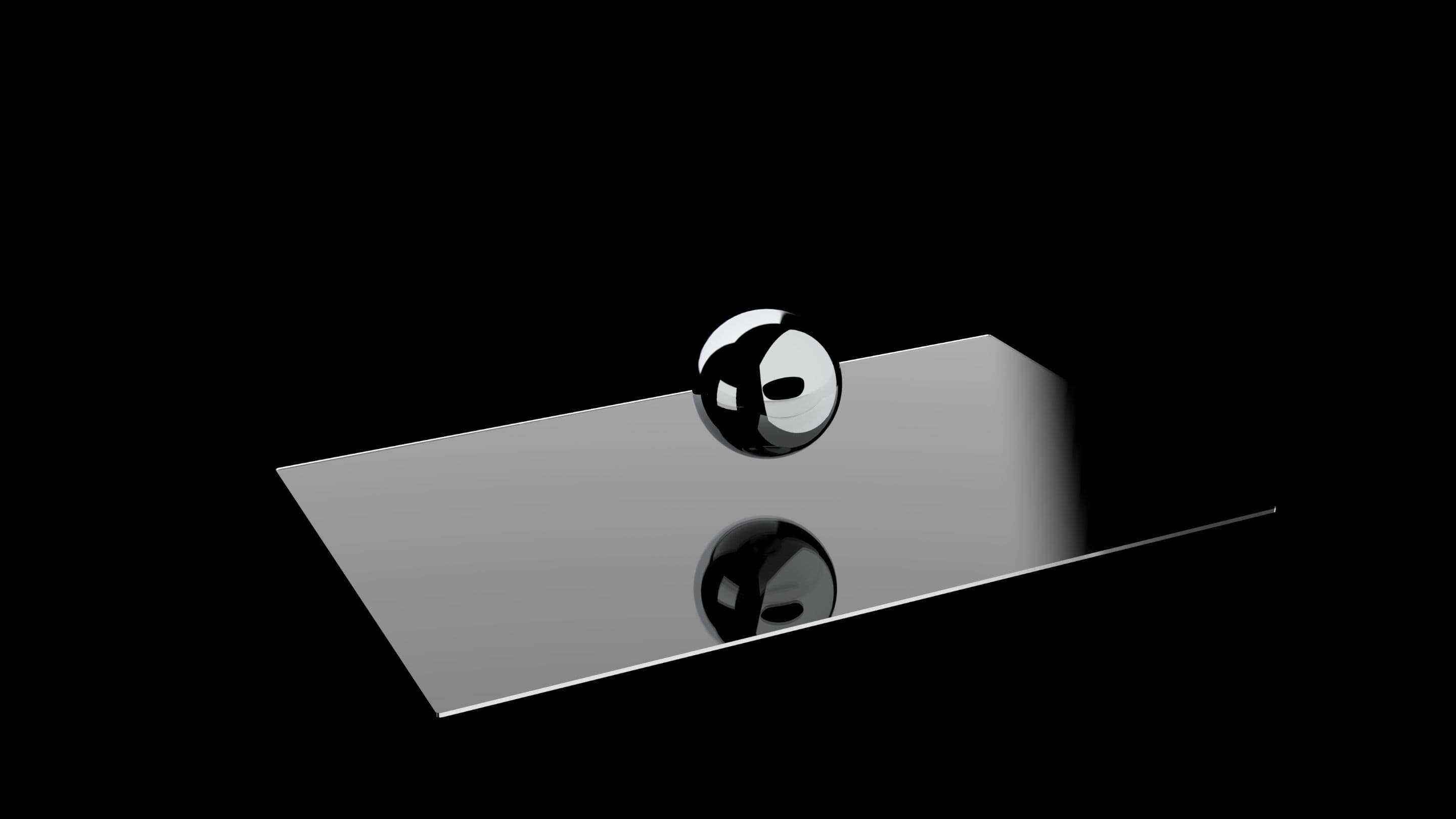Graphene is a chemical relative of diamonds, coal or the graphite of pencil leads. It is one of the hardest and most resilient materials in the world. With only one atomic layer (less than a millionth of a millimeter thick), it is also one of the thinnest materials in the universe.
Graphene has enormous potential
Which makes graphene a material with enormous economic potential. This is because graphene-based products could be used in solar cells, displays and computer applications. Graphene transistors, for example, are much faster than silicon transistors.
Looking for a solution for mass production
What is currently missing, however, is the possibility of producing graphene on a large scale at low cost. But this has also been successfully worked on for several years. There are numerous manufacturing techniques for graphene. One promising manufacturing variant is the CVD (Chemical Vapor Deposition) process. In the CVD process, a chemical reaction is generated on a surface by means of a gas mixture and elevated temperature to synthesize graphene and then transfer it to a variety of substrates by etching and stamping.
Researchers have now found the optimal catalyst for the production of large-growing graphene surfaces. This is nickel film as a substrate, which is then later etched away. What was surprising to many, however, was the discovery of CVD growth of graphene on copper foil, which shows excellent homogeneity and precise control of layering. In this process, the growth of graphene is only limited by the size of the surface.
CVD process has a promising future
The research article shows that CVD forms large-scale and high-quality graphene layers on copper, which could be transferred to any substrate and then etched into any desired shape. Details can be found in the URL of our source.



